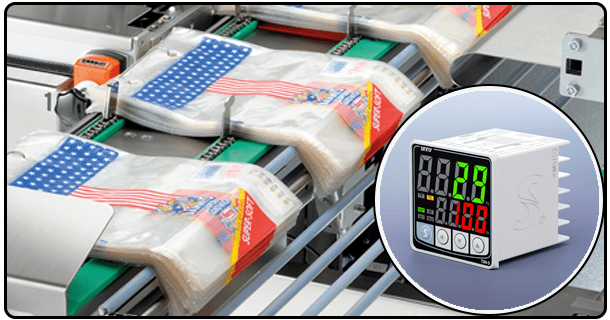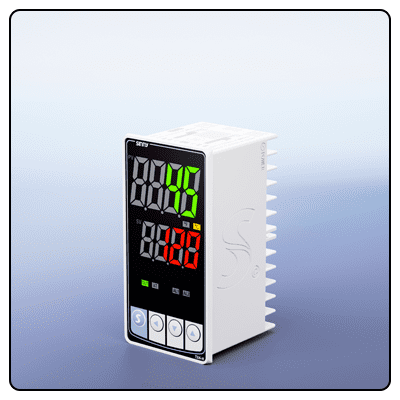Guide To Selecting An Appropriate PID Temperature Controller
Using our expert guide, locate and purchase an effective PID temperature controller. Learn which factors must be considered for proper temperature regulation during industrial processes.
Understanding PID Temperature Controllers
PID stands for Proportional-Integral-Derivative controllers, among the most frequently employed industrial feedback control mechanisms, typically used to maintain setpoints by adjusting control variables in response to sensor input. By doing this, PID minimizes errors through adjustments that vary between fluid flow control inputs (such as liquid) or electrical heating elements inputs.

Assess Your Needs
The initial step in selecting a PID temperature controller should be identifying your unique requirements. Consider these points.
* Process Requirements: What kind of process must you control, in terms of speed or changes over time, requires more precision?
* Environmental Conditions: Will the controller operate in an extreme environment, taking into account factors like extreme temperatures, humidity levels and chemical hazards?
*Temperature Range: To ensure an effective control system, determine what temperature range your controller must manage. This will impact which sensors and control algorithms to use for maximum effectiveness.
Controller Specifications
Once your needs have been established, the next step should be assessing controller specifications:
*Input Type: The controller must accept multiple types of sensor input. Common sensor types include thermocouples and RTDs (Resistance Temperature Detectors). Be certain that its compatibility meets the sensors you plan to use.
* Output Types: PID temperature controllers have various output types, from solid-state relays (SSRs) to electromechanical relays or even 4-20mA analog outputs. You will have to decide on one depending on which actuator you intend to control.
Features and Functionality (FT&F)
Consider what features and functionality are necessary for your application:
*Control Algorithms: While PID temperature controllers provide similar basic functions, each offers different control algorithms to suit specific applications. Some models provide basic on/off control in addition to PID control for easier applications.
* Technology: Modern controllers typically feature digital technology, which offers the advantages of programmability, com, communication, and advanced algorithm, ms; however, analog models might still work for simpler systems.

Integration and Compatibility
Your PID temperature controller must integrate seamlessly into the existing system:
*System Integration: Does the controller integrate easily into your system and support any communication protocols required?
* User Interface: User interfaces should be user-friendly and allow for effortless monitoring and adjustments for optimal use. Complicated designs can lead to errors and inefficiency.
Budget and Cost Considerations A budget must always be considered:
* Initial Cost: When considering initial costs, consider not just purchase prices but total ownership costs that include installation, maintenance, and potential downtime expenses.
* Cost-Effectiveness: An expensive controller with advanced features could save money through increased efficiency and less waste production.
Vendor Selection
Selecting the ideal PID temperature controller manufacturer is key: its quality impacts directly upon its success and vice versa.
* Manufacturer Reputation: When searching for quality and reliability in manufacturing partners, select those with solid reputations.
* Support and Warranty: Access to quality customer support can be invaluable, and having a solid warranty also brings peace of mind.
- How To Set Up A PID Temperature Controller?
- Are PID Temperature Controllers Applicable For Cooling Applications?





















